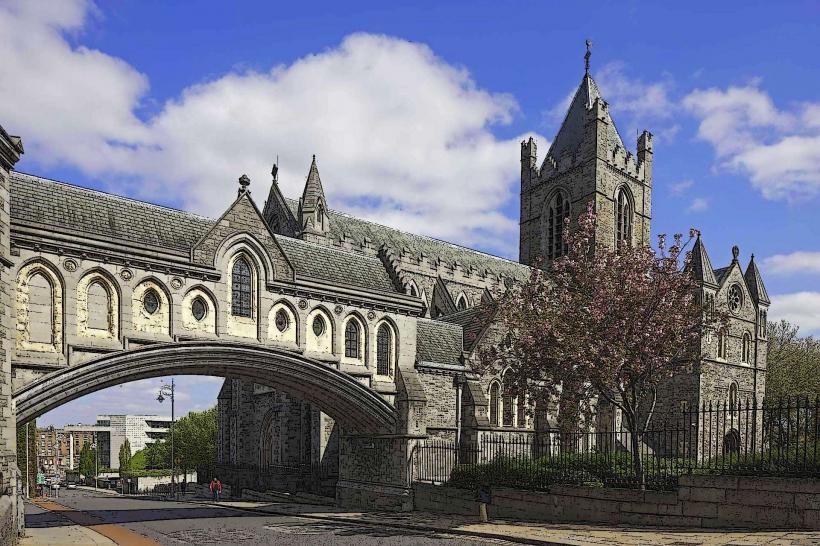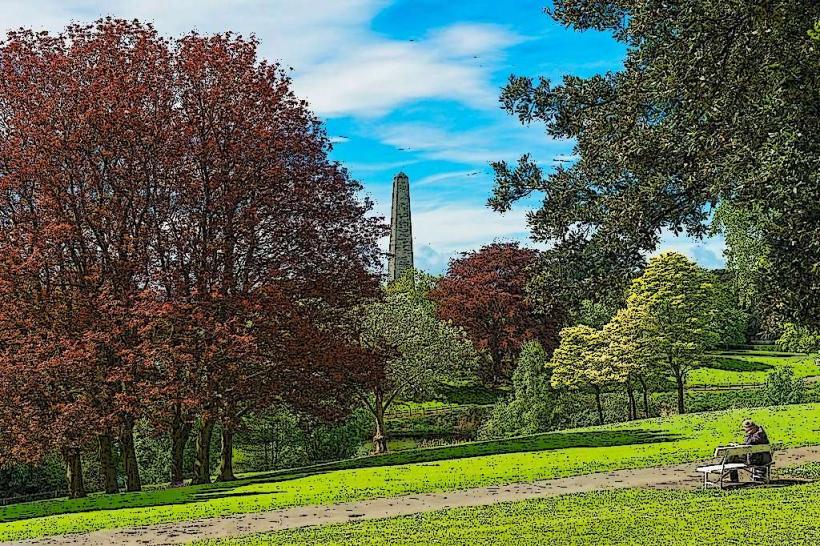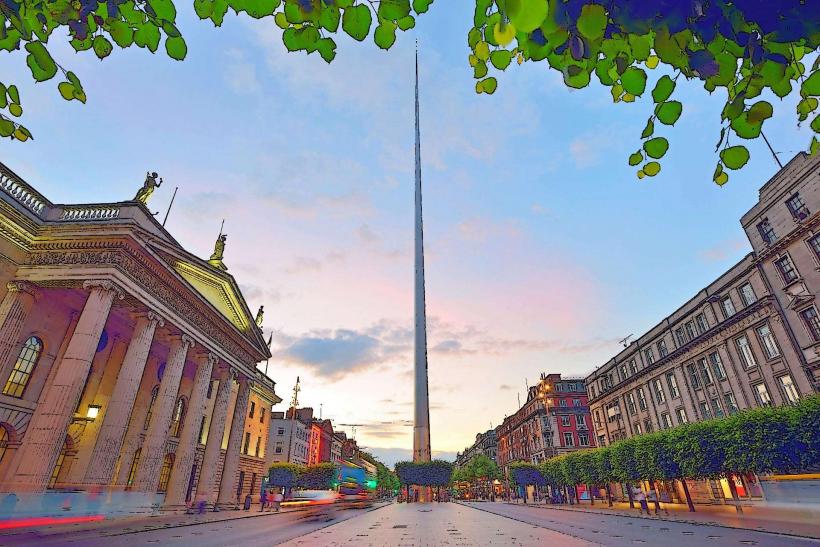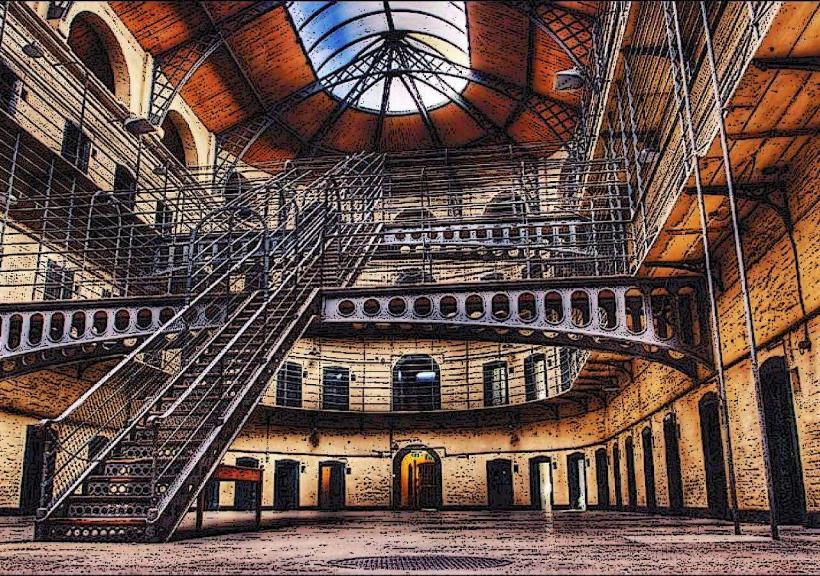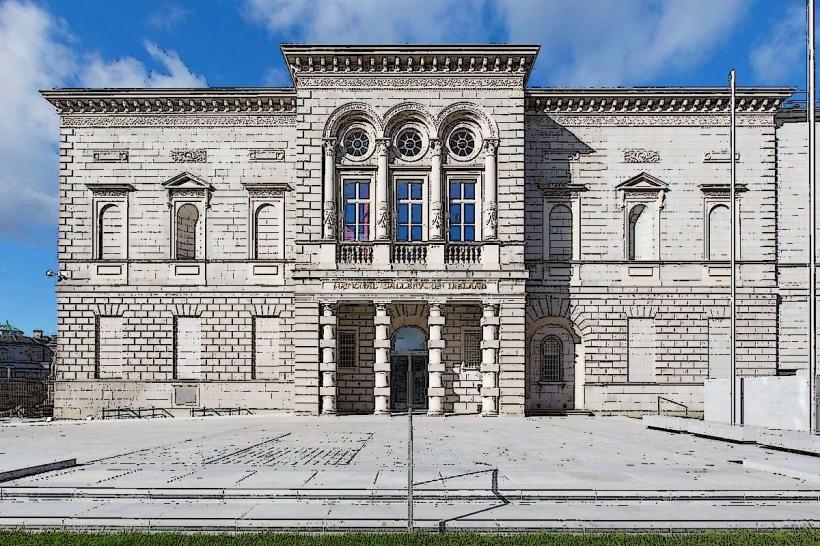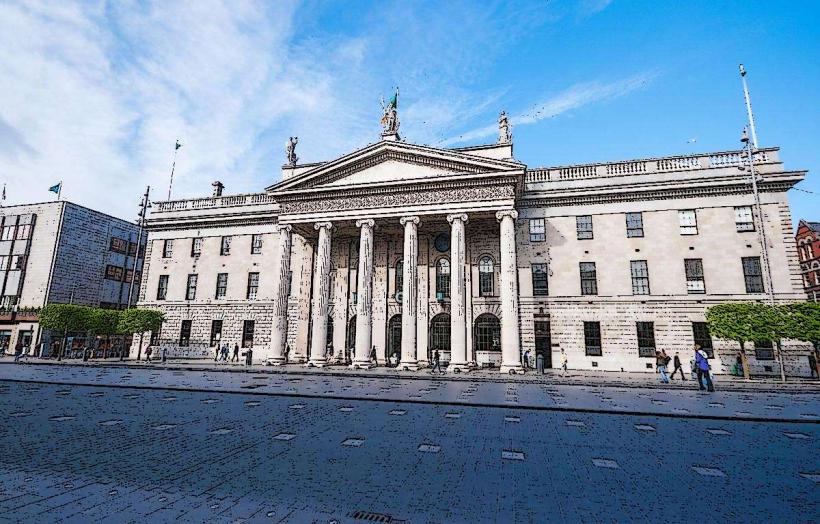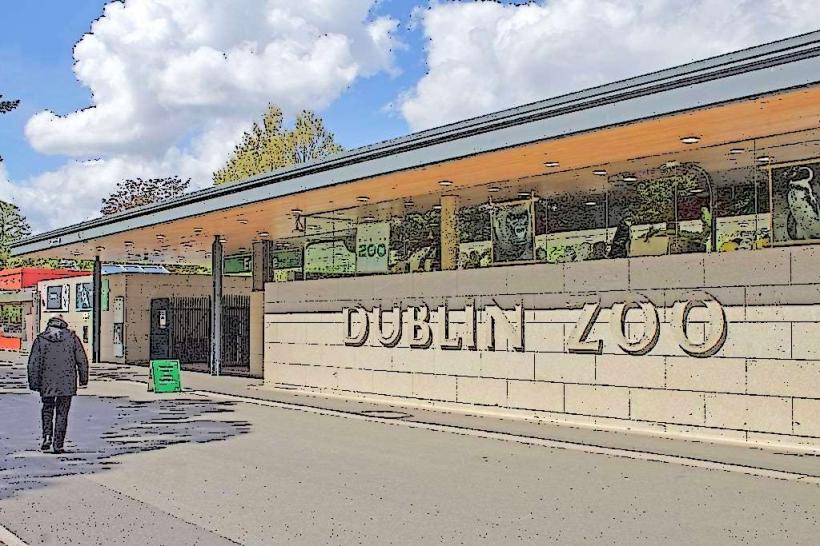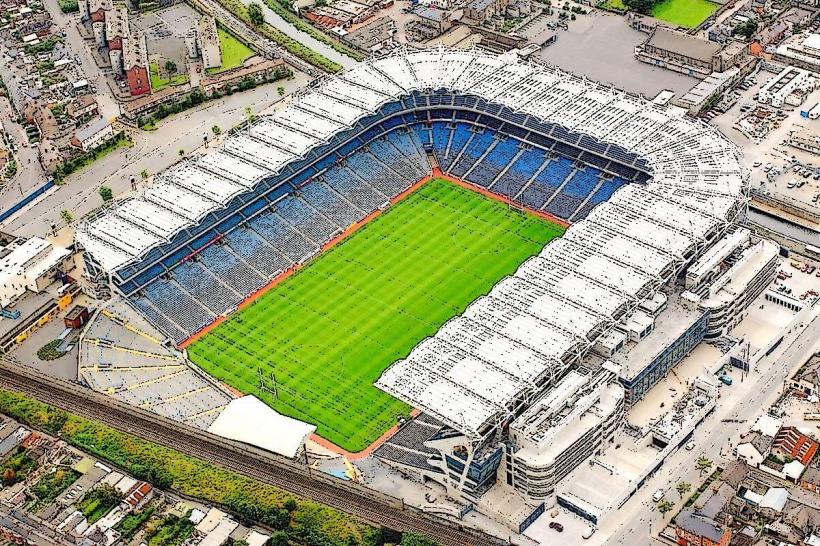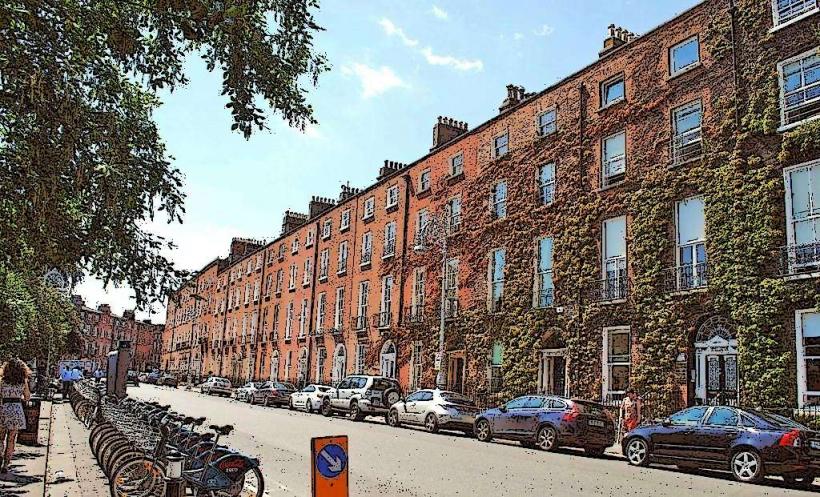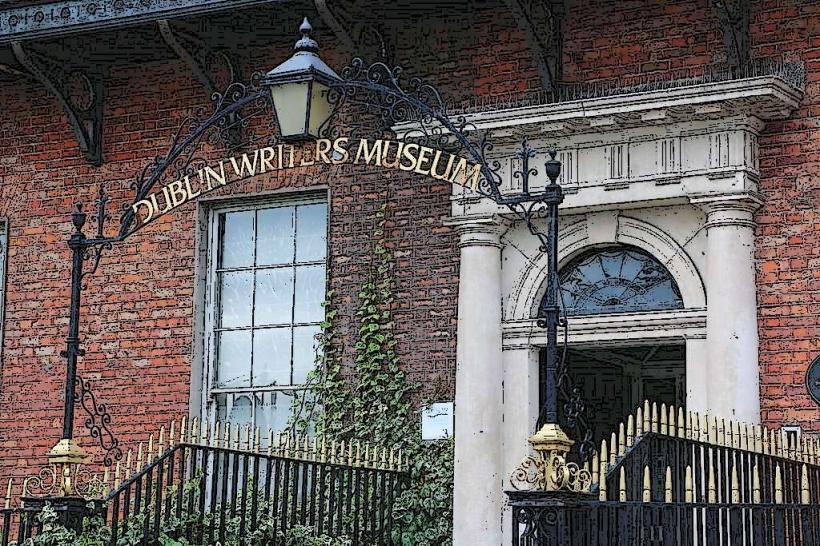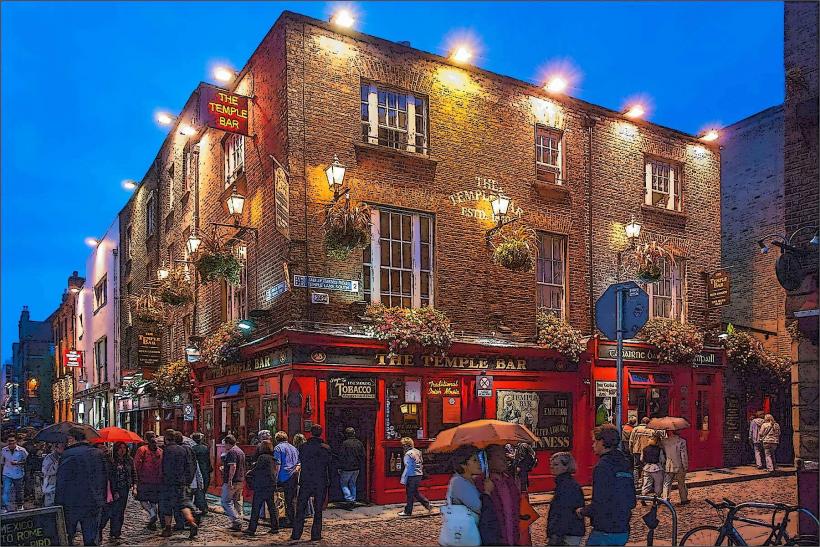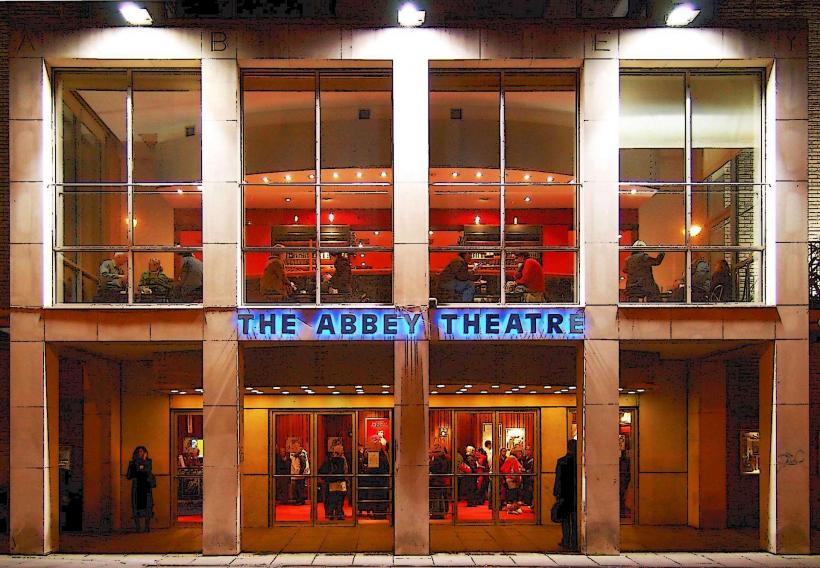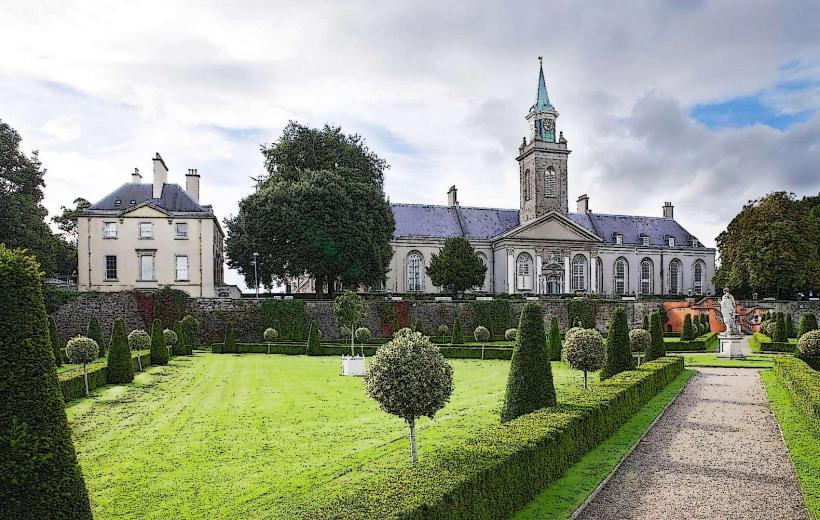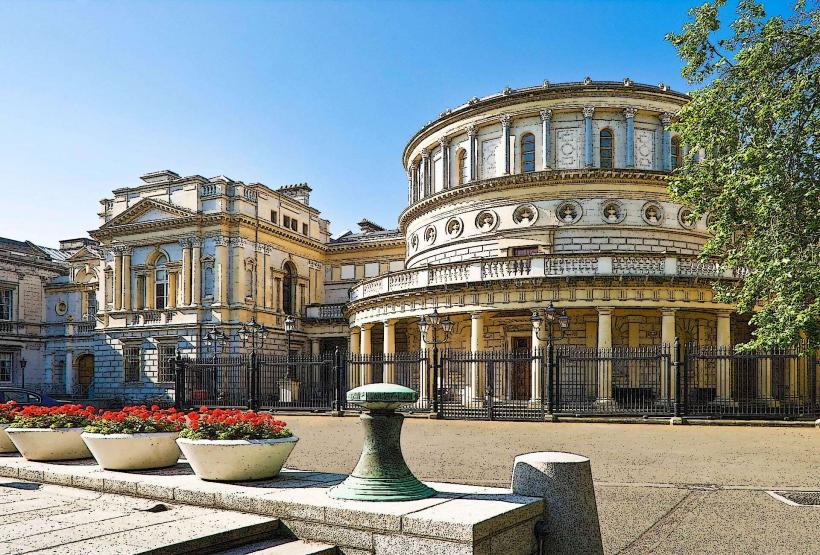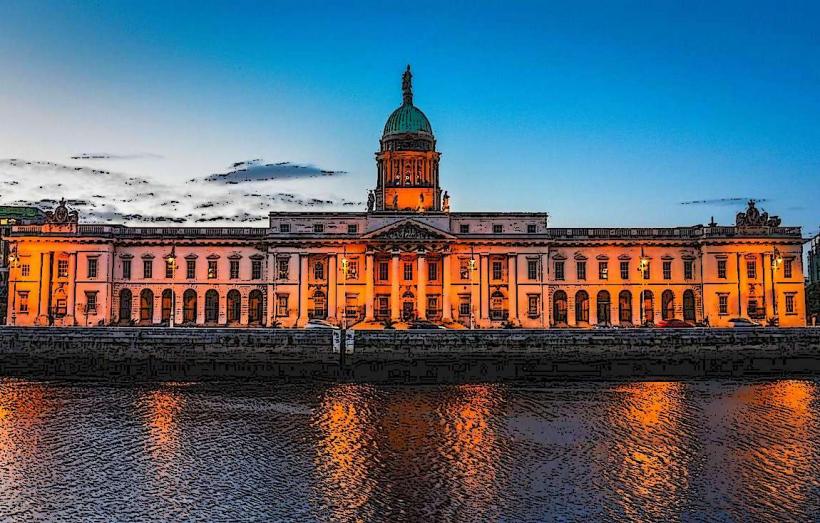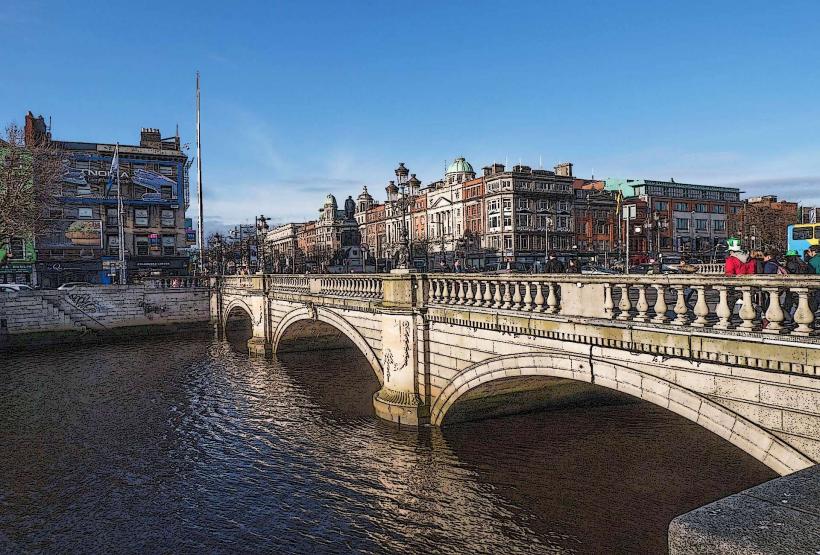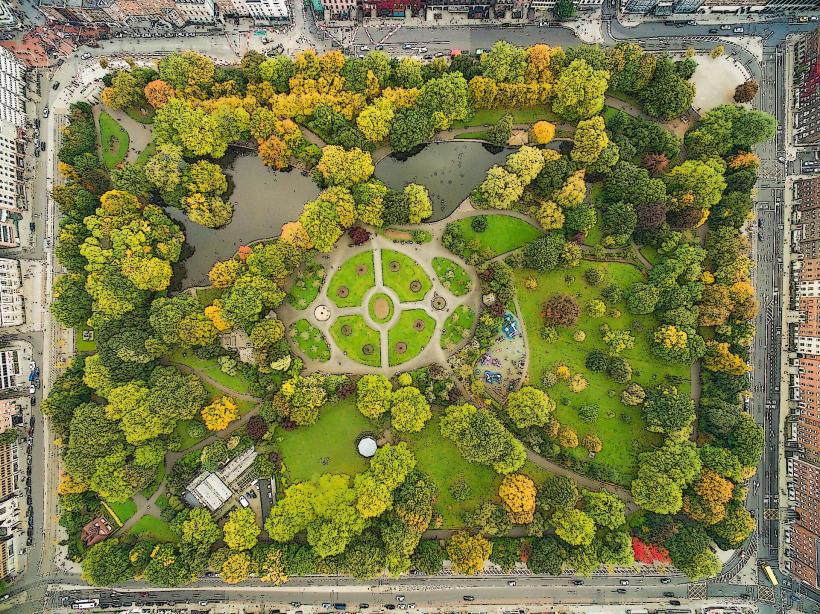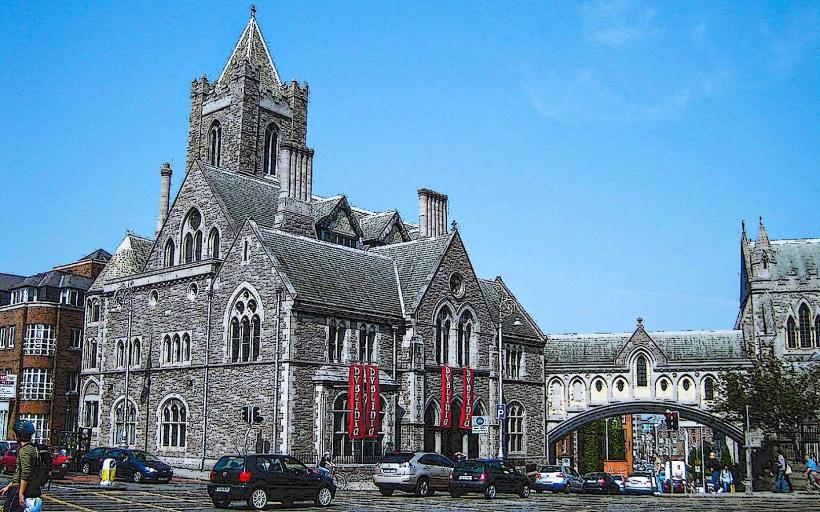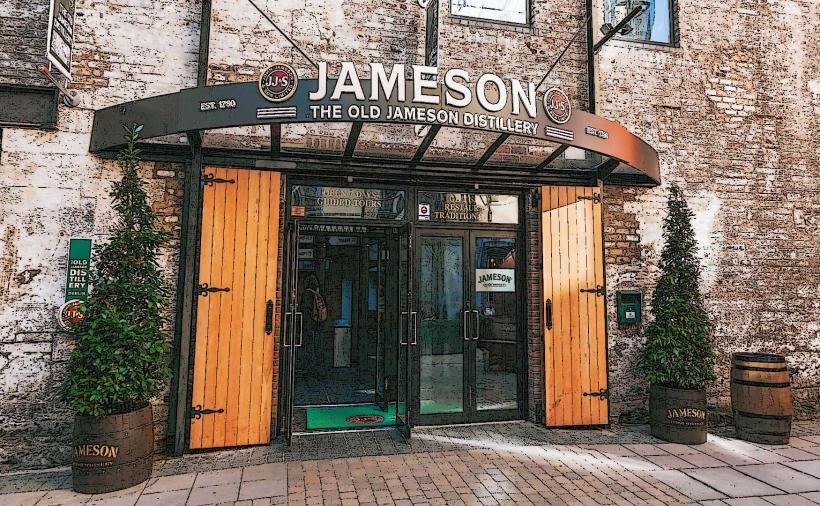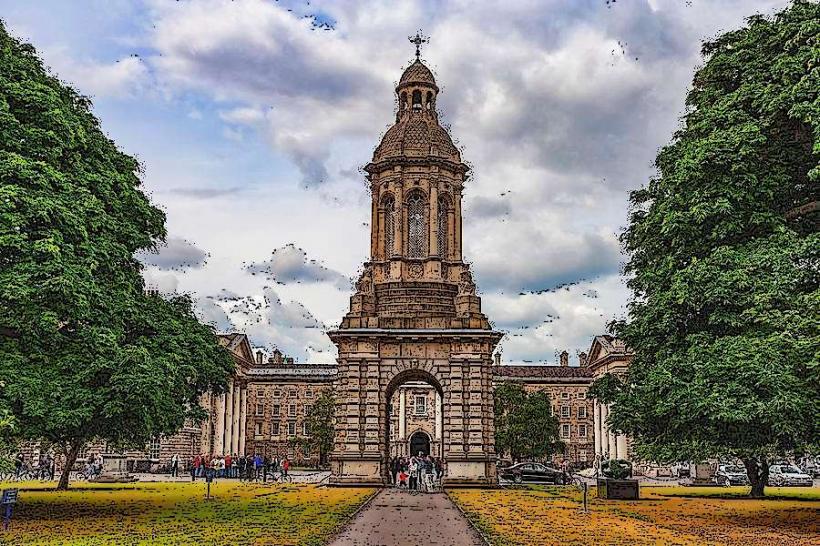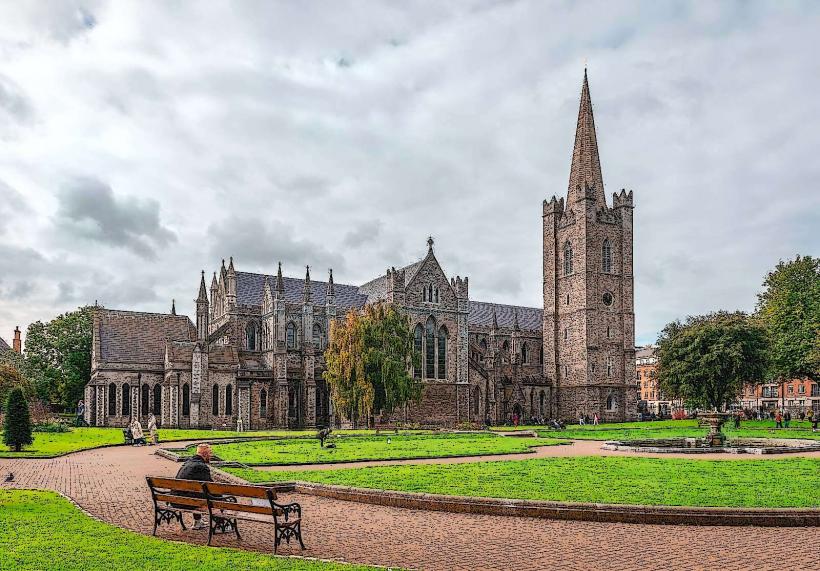Information
Landmark: Ha'penny BridgeCity: Dublin
Country: Ireland
Continent: Europe
The Ha'penny Bridge is one of Dublin's most iconic landmarks and a historic pedestrian bridge that spans the River Liffey, connecting Liffey Street with the South Quays near Temple Bar. Officially named the Liffey Bridge, it is commonly referred to as the Ha'penny Bridge due to the toll that was originally charged to cross the bridge.
History and Origins
Construction:
- The bridge was designed by John Windham and constructed by the Dublin Bridge Company in 1816. It was the first iron bridge in Dublin and was a significant engineering feat at the time.
- It was built to alleviate the congestion caused by the crowded and slower ferries that crossed the Liffey River. Prior to its construction, locals had to use ferries or other bridges to cross the river, which was difficult and time-consuming.
The Name "Ha'penny":
- The name Ha'penny comes from the original toll of half a penny (known as a "ha'penny") that pedestrians had to pay to cross the bridge. The toll was used to fund maintenance of the bridge, and it was in place for over a century.
- In 1919, the toll was finally abolished, and the bridge was opened to the public free of charge.
Design:
- The Ha'penny Bridge is an arched bridge made of cast iron, which was innovative for the time. It spans 43 meters (141 feet) and is 3.66 meters (12 feet) wide.
- The bridge's distinctive white-painted iron structure and its ornate design make it a visually striking and memorable part of Dublin’s landscape. It has been carefully maintained and restored over the years, ensuring its preservation as a cultural and historical landmark.
Role in Dublin’s History:
- The Ha'penny Bridge became an important part of Dublin's development in the early 19th century, as it facilitated pedestrian movement across the river and helped to connect the growing areas of Dublin.
- Over time, it became an integral part of Dublin's social and cultural life, with people from all walks of life crossing the bridge as part of their daily routines.
Architectural and Cultural Significance
Design and Aesthetic Appeal:
- The bridge is notable for its decorative ironwork, which includes intricate patterns and detailing on the handrails and supports. The overall design reflects the engineering and aesthetic tastes of the early 19th century.
- The Ha'penny Bridge’s elegant arch and symmetrical lines have made it a favorite subject for photographers and artists. It provides a beautiful view of the River Liffey and the Dublin skyline, particularly when viewed from the North Quays.
Cultural Impact:
- Over the years, the Ha'penny Bridge has become synonymous with Dublin and is featured in a wide variety of cultural works, including literature, film, and art. It is often included in tourist brochures, postcards, and souvenir items, reinforcing its status as one of Dublin’s most beloved symbols.
- The bridge's location also makes it a focal point for tourists and Dubliners alike, as it is situated near many popular landmarks, including Temple Bar, O’Connell Street, and the Custom House.
Preservation:
- The Ha'penny Bridge has been the subject of several restoration projects over the years to maintain its structural integrity and to preserve its historical significance. In recent years, these efforts have included repainting the bridge’s iron structure to keep it in good condition.
The Ha'penny Bridge Today:
- Today, the Ha'penny Bridge continues to serve as a pedestrian-only bridge, making it a peaceful and scenic place to cross the Liffey. It remains one of Dublin’s most iconic and frequently visited landmarks, drawing both locals and tourists.
- The bridge is part of Dublin’s cultural heritage and remains an important symbol of the city’s rich history and its evolution over the centuries.
Conclusion
The Ha'penny Bridge is more than just a functional crossing over the River Liffey. It is a significant piece of Dublin’s history, representing the city’s growth, industrial development, and cultural heritage. With its beautiful cast iron design, historic tolls, and iconic presence in the heart of Dublin, it continues to be one of the city’s most recognized landmarks and a popular site for both locals and visitors.

